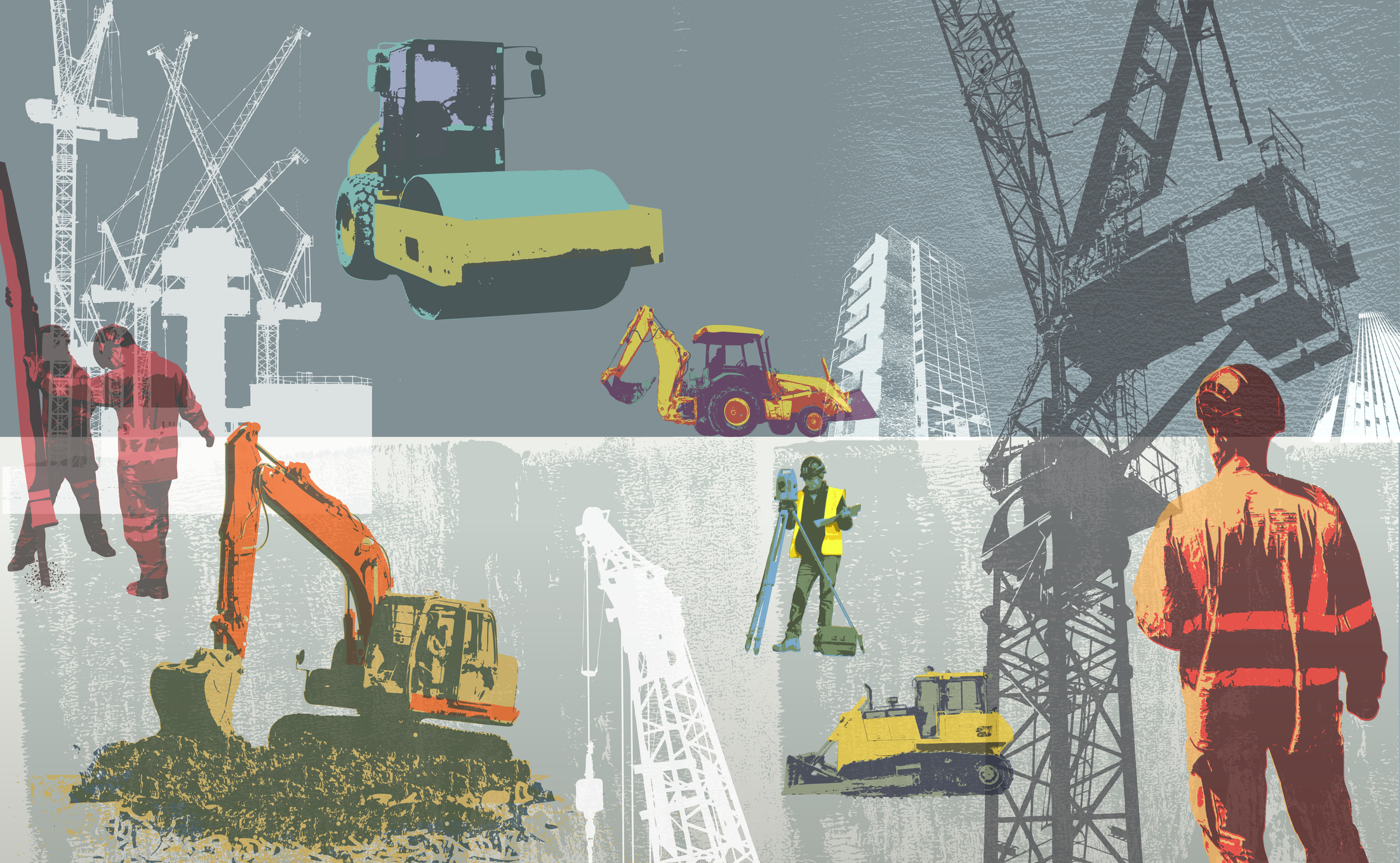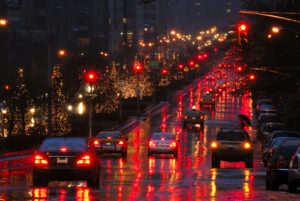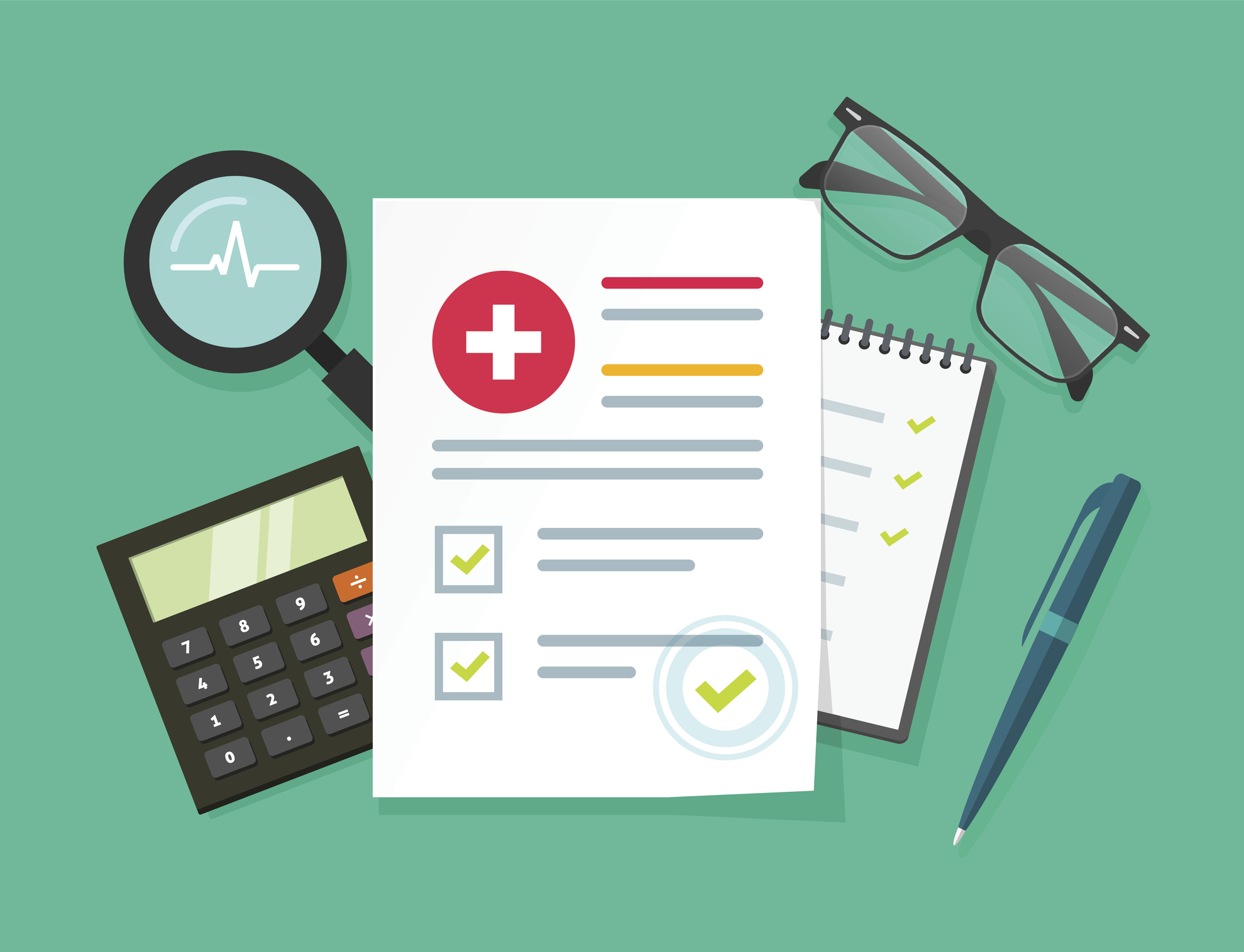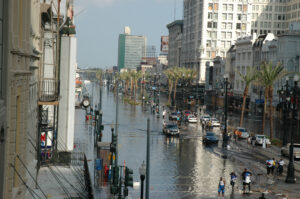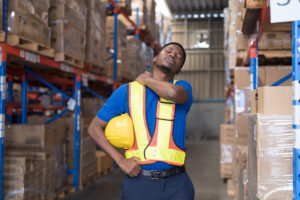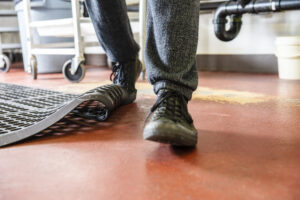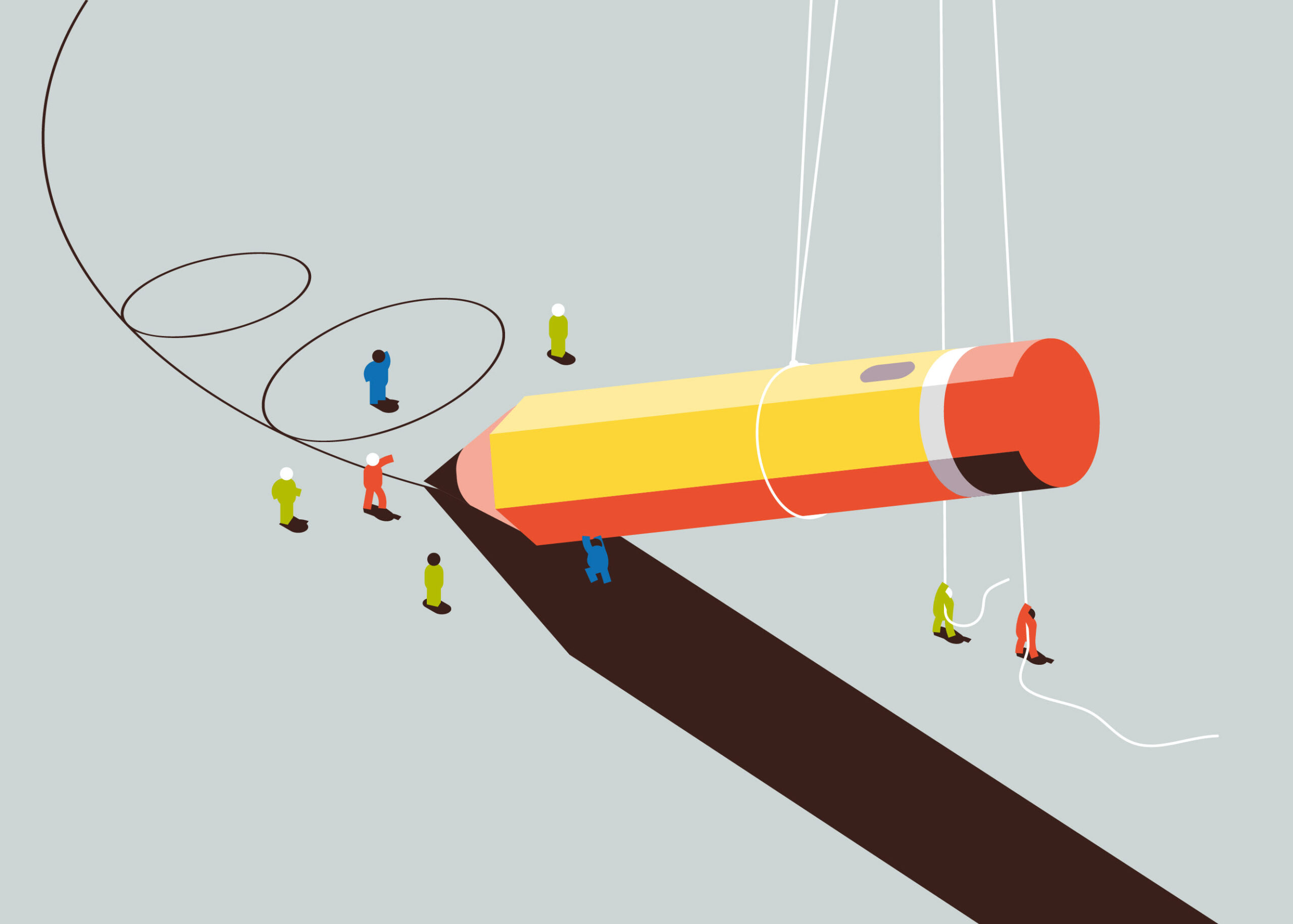5 Employee Hazards to Consider During Winter Storms
Slips, trips, and falls are some of the most common winter safety dangers, but what about the risks posed by substantial amounts of snow and ice on employees working outdoors? We explore some of the lesser-considered hazards of wintery conditions.
October 18, 2024
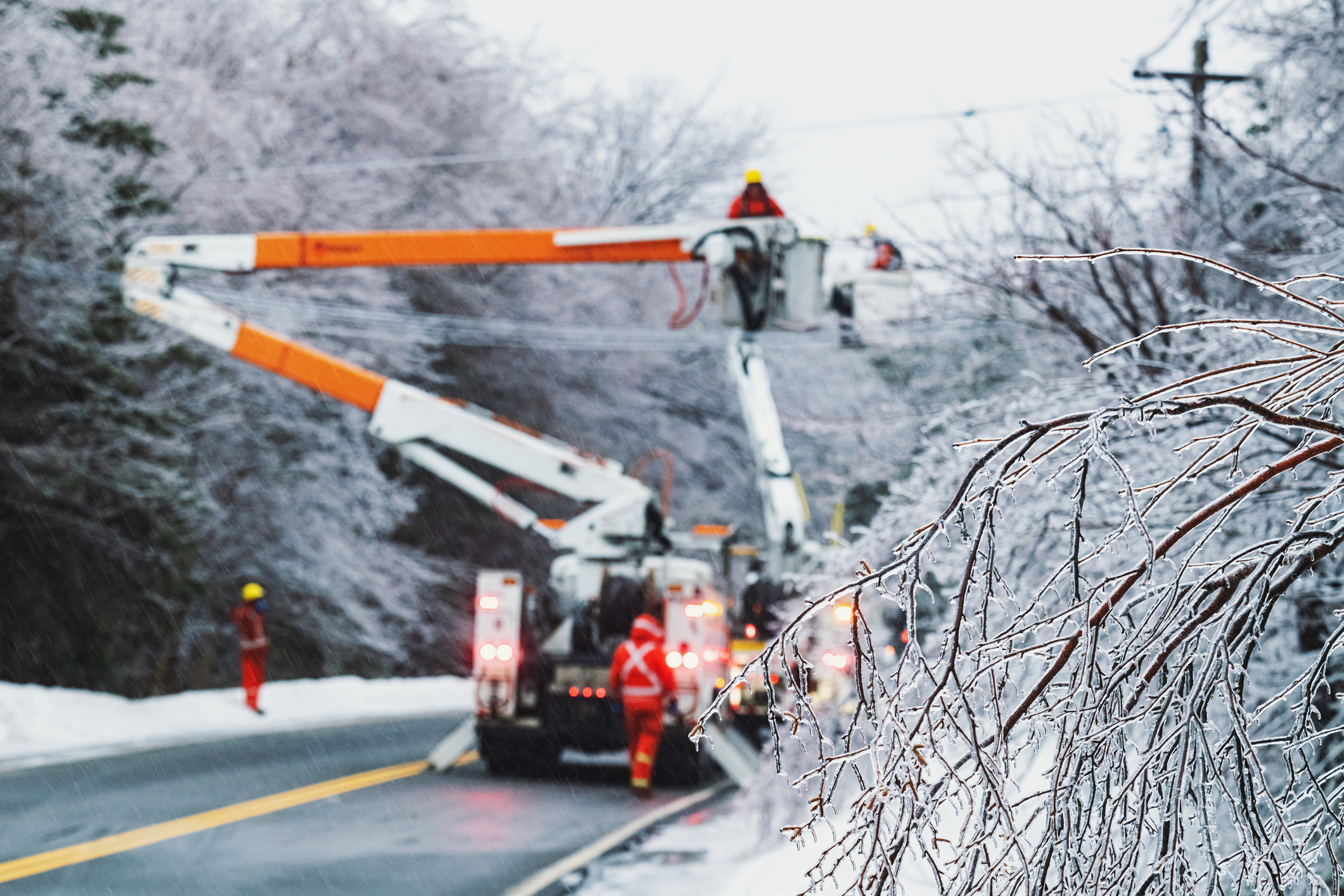
Employees driving or working outdoors during intensely cold winter months face some of the most extreme conditions that can rapidly change. While employers often consider the well-known safety risks of icy sidewalks and slippery surfaces, OSHA recommends that additional precautions are taken to prevent injuries and fatalities during winter storms.
“With freezing temperatures and gusty winds, outdoor employees are already in danger of cold stress, which can lead to dehydration, hypothermia, and frostbite,” said Matt McDonough, Assistant Vice President – Risk Control at Safety National. “Employees working at heights or on winter storm repairs, like downed power lines, have additional external risks to consider. Employers must be vigilant in protecting employees from prolonged exposure to the elements and scrutinize work areas to determine if it is safe enough to perform the job.”
These five areas pose a unique risk to employees working outdoors or driving on roadways.
1. Clearing Snow from Roofs and Working at Heights
Rooftops create a considerably larger hazard when snow-covered. As temperatures drop, snow can melt and form icy layers beneath the surface. The additional weight of snow can also weaken structures. Employers need to first consider snow removal methods that do not involve employees going on rooftops. A trained professional should also assess if the work area is structurally sound. The right type of safety equipment must be carefully considered for the job and include items like fall-arrest systems and non-slip working boots.
2. Using Powered Outdoor Equipment
Snow blowers are commonly used to clear pathways and areas inaccessible to plows during winter storms. When not grounded, they can cause electric shock or electrocution. They are also a frequent source of lacerations and amputations from workers attempting to clear jams by hand. Any maintenance or debris clearing from the machine should be done when disconnected from power, and all parts have stopped moving. Never use your hands to clear debris.
3. Being Stranded in a Vehicle
Weather conditions can change rapidly, and an employee on the road may be overconfident in their ability to make it through a winter storm. In the most severe situations, emergency assistance may take considerably longer if a vehicle becomes stranded roadside. Unless help is visible, employees should remain in their vehicles. Turning on the engine for about 10 minutes each hour can help maintain heat, but carbon monoxide poisoning needs to be considered. Tailpipes need to be kept clear of debris, and opening a window slightly can help with ventilation.
4. Prioritizing Vehicle Maintenance
One of the easiest ways to prevent a roadway incident is to properly winterize your fleet. In addition to standard maintenance, employees trained in vehicle maintenance should be checking tire tread, ensuring there are no signs of uneven wear. Additionally, visibility needs to be prioritized, such as inspecting exterior lights and defrosters and installing new wiper blades. Stocking vehicles with emergency kits can also better prepare employees who may get stuck roadside.
OSHA recommends the following essentials as part of a vehicle emergency kit:
- Cellphone or two-way radio
- Windshield ice scraper and snow brush
- Blankets and extra clothes
- Flashlight with extra batteries
- Shovel
- Tow chain
- Traction aids (bag of sand or cat litter)
- Emergency flares
- Jumper cables
- Snacks
- Water
- Road maps
5. Repairing Downed or Damaged Power Lines
During severe winter storms, the weight of ice and snow can pull down power lines, requiring immediate attention. The moisture of snow can reduce the insulation value of protective equipment and could cause electrocution. While de-energized work is safer, energized work may be necessary. Supervisors need to evaluate the working conditions and provide guidance on how to perform the job safely. Safety managers on site should also account for nearby tree limbs or any other objects that may come into contact with downed lines.






